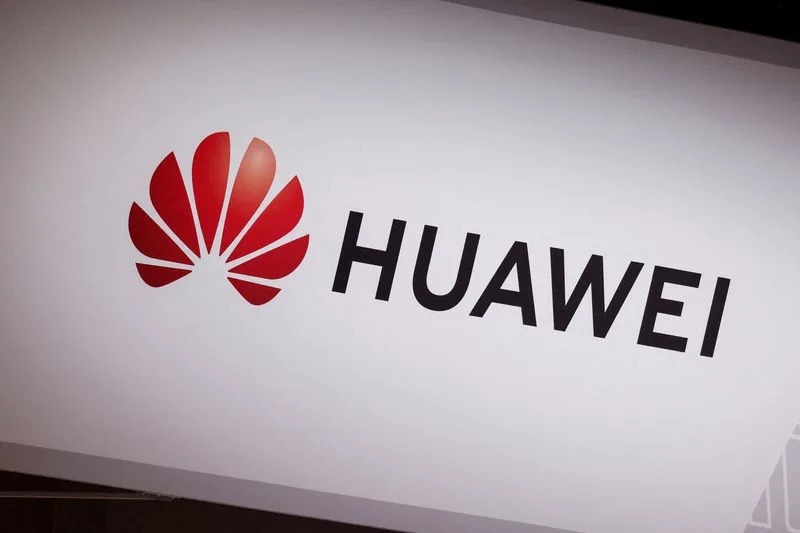Huawei has unveiled its latest flagship device, the Mate 70 smartphone, amidst increasing tension in the global technology sector due to looming U.S. chip restrictions. This release underscores Huawei’s commitment to advancing its technology capabilities, despite significant geopolitical and supply chain challenges. The new Mate 70 introduces advanced features, reflecting the company’s resilience and innovative approach while raising questions about the future availability of cutting-edge semiconductors for Chinese manufacturers.

A Closer Look at the Mate 70
The Mate 70 represents a bold step forward in Huawei’s product line, blending high-performance hardware and software with a focus on user-centric innovation. The smartphone is reported to feature enhanced processing power, improved camera systems, and seamless integration with Huawei’s proprietary HarmonyOS. Analysts note that the device serves as both a technological achievement and a strategic statement, showcasing Huawei’s ability to produce premium devices even under stringent trade conditions.
Key elements of the Mate 70 include advanced AI integration for photography and multitasking, as well as improved battery life. The device is powered by Huawei’s in-house Kirin chipset, an area of significant focus given the impending U.S. restrictions on chip sales. These restrictions are expected to limit access to advanced semiconductors, potentially impacting future product development.
Implications of U.S. Chip Curbs
The introduction of the Mate 70 coincides with new measures by the U.S. government aimed at curtailing China’s access to high-end chips. These curbs are part of a broader strategy to maintain a technological edge in critical areas such as artificial intelligence, telecommunications, and advanced computing. For Huawei, which has already faced restrictions since 2019, the new measures amplify existing challenges in sourcing components.
The U.S. Department of Commerce recently announced additional rules requiring licenses for exports of cutting-edge chips to China. These rules specifically target advanced semiconductor technology, including AI-focused GPUs and lithography equipment necessary for producing high-performance chips. This development places pressure on Chinese firms to accelerate domestic chip manufacturing, an area where the industry still lags behind global competitors.
Huawei’s Response to Supply Chain Challenges
In response to ongoing restrictions, Huawei has increasingly pivoted towards self-reliance in chip design and production. The Mate 70’s Kirin chipset, produced in collaboration with China’s Semiconductor Manufacturing International Corporation (SMIC), reflects this shift. While the chipset is a significant achievement, it reportedly lags behind offerings from rivals such as Qualcomm and Apple in terms of fabrication technology.
Huawei’s investments in R&D have surged over the past few years, focusing on developing alternatives to restricted technologies. The company has also expanded partnerships with domestic suppliers to reduce dependency on foreign firms. These efforts, though substantial, face hurdles due to limited access to advanced manufacturing tools and materials.
Consumer Reception and Market Outlook
The Mate 70’s launch has generated significant interest among consumers, particularly in Huawei’s home market of China, where the brand remains a symbol of technological prowess. Early reviews highlight the device’s robust performance and innovative features, though some critics point to limitations imposed by hardware constraints.
Globally, Huawei’s market share has been impacted by restrictions that prevent the company from pre-installing Google services on its devices. This has made it challenging to compete in markets outside China, where access to the Google ecosystem is often considered essential. The Mate 70’s success will depend largely on its appeal to domestic consumers and its ability to carve out niches in international markets where Huawei remains competitive.
Broader Implications for the Tech Industry
Huawei’s Mate 70 launch underscores the broader implications of tech restrictions on global innovation and supply chains. The U.S.-China tech rivalry has led to significant disruptions, forcing companies in both countries to reevaluate their strategies. For Huawei, the focus has shifted from reliance on global supply chains to fostering local innovation and resilience.
The company’s ability to produce high-quality devices despite restrictions highlights the potential of China’s growing tech sector. However, analysts caution that sustained progress will require overcoming substantial obstacles in semiconductor manufacturing and technology standardization.
The release of the Huawei Mate 70 amid intensifying U.S. chip curbs exemplifies the challenges and opportunities facing the global tech industry. For Huawei, the device is more than a product; it is a statement of resilience and ambition in the face of adversity. As geopolitical tensions continue to shape the tech landscape, the Mate 70 serves as a reminder of the interplay between innovation, policy, and market dynamics.










Add Comment